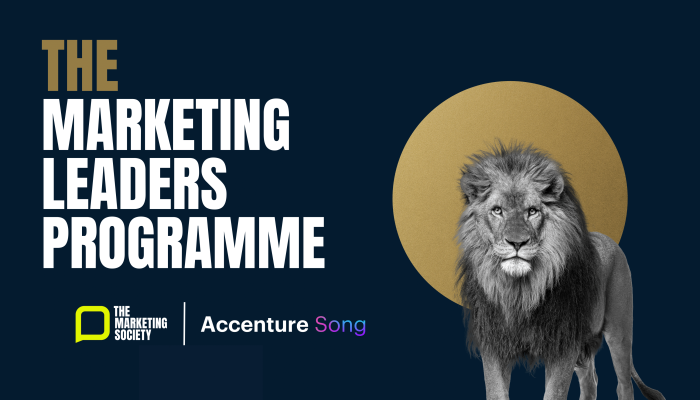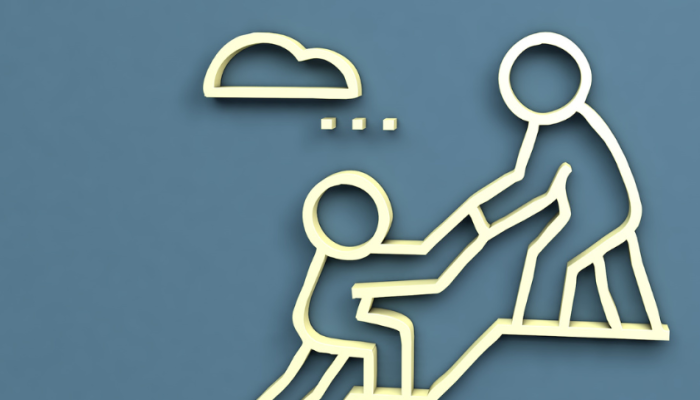Fun fact: I transferred between nine different schools in my thirteen years of schooling.
It almost did my head in.
I cried to my parents every time I found out I was starting a new school. I’d settled into my new house. I’d made friends. I finally felt comfortable and confident.
But unfair as it was, up and off I would start again.
And with every new school, came new teachers and new peers. Once again, I would have to endure walking into a classroom and the eyes of thirty kids gawking at me like I was some bug-eyed green Martian.
Being the perennial outsider as a child is a challenge. Too many times have I privately recalled the excruciating experience of sitting on the sidelines eating my little glad-wrapped lunch alone.
Luckily there were more like me. Scattered to the fringes of the playground having found their ‘safe spaces’ away from the judgements and cruel taunts of the popular kids. With the kids on the edges, I found real friends. I found resilience. I found ostensibly the most priceless education I could possibly have.
There was Anne with the prosthetic legs who you would never guess loved to skateboard. And boy, was she good! She could easily best me on my wobbly, able stilts.
There was Sharon with leukaemia whose boisterous enthusiasm never ceased despite her constant debilitation. She was just a joy to be around; and far more fun than the cool kids who spent most of their time hating on others.
And there was Ronald whose only fault was that he had darker skin in a sea of Aussie kids. He was incomparably intelligent, incredible at sports and saw endearing humour in everything. Except for his skin colour.
Successful careers require many things – a broad mind, inspired curiosity and most of all big-picture thinking. A great leader needs to be able to see an opportunity from its smallest execution to its potential greater impact on society, culture and the economy.
Exposing myself to the variety of voices, personalities and lives as a child contributed to my ability to identify the challenger in categories – not just nationally, but globally. I saw the strength and value in difference, rather than giving into that overwhelming need to fit in and the peer pressure to follow the sameness in fear of rocking the boat.
When I finally cracked my first professional agency position, I was shocked to find myself sitting on the edge of the mainstream again. In ad-land, the boys were the majority and sat in their creative cliques discounting my insights and abilities because I was different and challenging, and therefore posed a threat.
Years later when I found out only 3% of women globally had made it to Creative Director including myself; it really hit home for me how enormous the struggle was for marginalised female creatives.
For years, I gave in to the agency groupthink – even with the creative I produced. It is one of my biggest regrets. But what I’ve seen many minorities fail to realise across every industry is that no matter how much you act like you’re part of the tribe – you’re still playing by the rules that were never made with your needs and capabilities in mind.
It took me a long time but the moment I started to really flourish was when I took my strength as an outsider and used it to my advantage.
I could see a bigger picture that others could not; I brought concepts to the table that hadn’t even crossed the minds of my colleagues. Meanwhile they congratulated each other over their clichéd representations and out-dated jokes.
I stood out, not just because I was a woman but because I refused to partake in groupthink that would lead to the detriment of the business. I challenged in order to innovate it.
A massive issue with the stagnation of business, growth and profitability is homogeneity. If you have the same kind of people, you will eventually produce the same kind of ideas and thereby the same kinds of things.
Clients and consumers want more. They want different. They want to be surprised, energised, understood.
From those on the outside, we can see that those on the inside are either too busy caught in efficiency or too terrified to admit their business model is broken.
Businesses need to understand that diversity, like digital disruption, can bring it swiftly into the modern era because teams will finally reflect how globalised and complex our markets have become. They also need to understand that it also requires more than a cosmetic solution.
There’s a reason why big businesses are pushing for diverse cultures and inclusive values. It is not because companies have finally found a moral compass, and ‘it’s the right thing to do’.It is because they know that the appreciation and understanding of our differences will drive businesses to greater productivity, and better profitability.
Sameness breeds groupthink. Sameness breeds stagnation.
I have spent my life challenging the industry hive mind, and my continued success is proof alone that a diverse mind always out-thinks the competition.
But laissez-faire – instead of challenging the status quo and innovating it, heritage businesses continue to pour all of their considerable power into its maintenance.
Now is the time to turn what is their weakness, into your distinct advantage. The propagation of monocultures is a systemic issue that preserves business #blindspots and keeps smart leaders from full focus.

Where do you think you sit on this ladder?
Is it time to invest in a program that will give you clarity and a future-focused lens?
It’s true that your education in diversity never ends; this world is too big and there are diverse people continually populating it. At the end of the day, it’s up to you whether you see outsiders as a threat to your business-as-usual or your next diamond in the rough.
Diversity isn’t a political movement; it’s a necessary commercial-lens for good business today.
Bec Brideson is the authority for the tapping into the female consumer market. Bec’s newest program 'Diversity University' is designed to facilitate diversity within your company culture via strategies that will get inclusion working permanently within your business so that the collateral financial and cultural rewards can be reaped. Get in touch now if you’re keen to hear more or take a look at our programs.
This article originally appeared on linkedin.com



